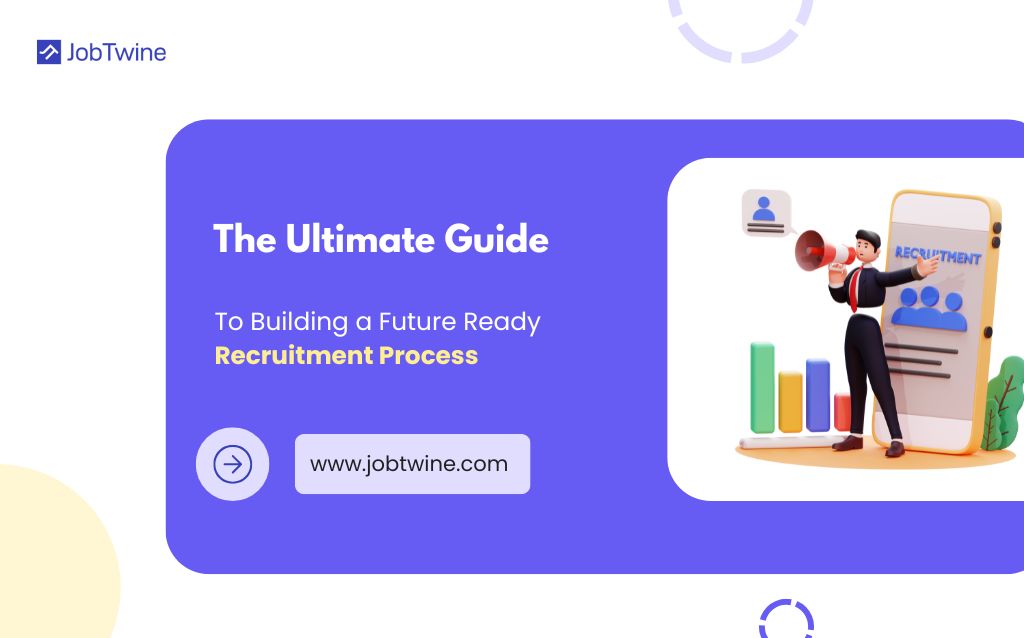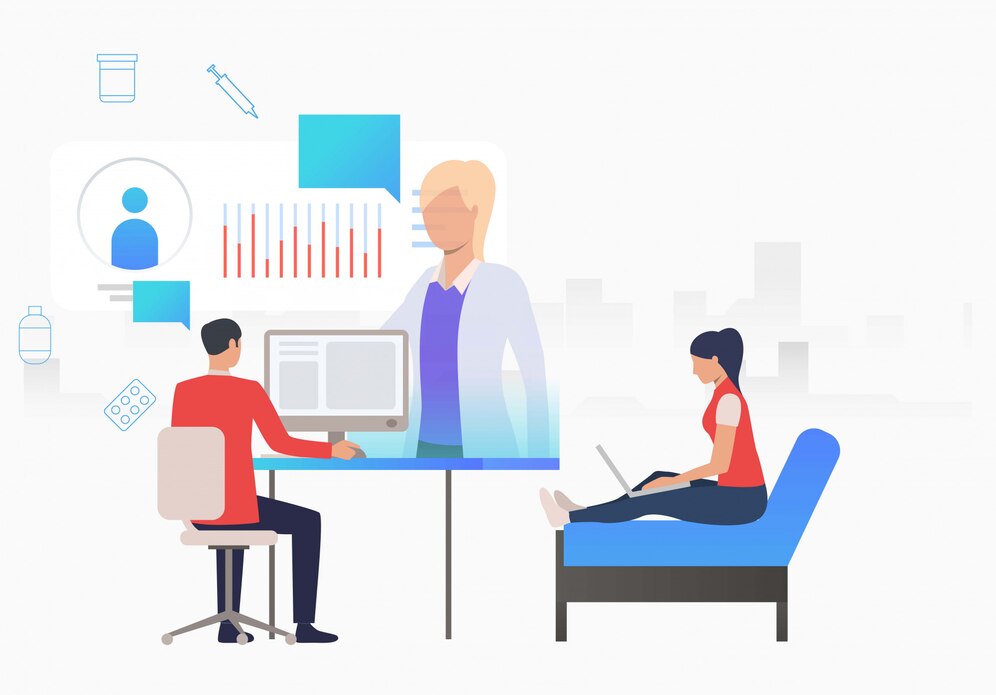Hiring in 2026 and beyond isn’t just about filling positions, it’s about future-proofing your talent pipeline.
With AI, automation, and hybrid work reshaping how organizations operate, the recruitment process must evolve to stay relevant, data-driven, and human-centric.
In this ultimate guide, we’ll break down how to build a future-ready recruitment process, one that’s faster, fairer, and smarter with tools like AI recruitment, resume shortlisting software, and AI-driven interview solutions.
Why the Recruitment Process Needs a Redesign
For decades, recruitment followed the same script, job posting, resume screening, interviews, and offers.
But today, that linear model no longer works.
Why?
- Resumes are flooding in by the hundreds.
- Skills evolve faster than job descriptions.
- Human bias creeps into every hiring decision.
- Time-to-hire is ballooning, frustrating both recruiters and candidates.
According to SHRM, the average time-to-hire now exceeds 44 days, with 30% of qualified candidates dropping off before the final round.
That’s not sustainable.
The next era of recruitment demands speed, structure, and intelligence, powered by AI.
Step 1: Redefine Screening with AI Recruitment Tools
The first bottleneck in any recruitment process? Screening resumes.
Recruiters often spend 60-70% of their time shortlisting candidates manually, time that could be spent on strategic hiring or relationship building.
This is where AI recruitment tools step in.
Platforms like JobTwine’s Interview-as-a-Service combine AI-driven resume parsing, skills evaluation, and bias-free ranking to identify top-fit candidates faster.
Instead of keyword-based filtering, AI recruitment platforms analyze:
- Skills and experience alignment
- Project relevance and tech stack familiarity
- Learning agility and job-fit probability
With tools like JobTwine, companies can shortlist 100 candidates in minutes, not days, transforming how fast hiring teams operate.
Step 2: Automate Resume and CV Shortlisting
Traditional CV screening isn’t just slow, it’s subjective.
What if a candidate’s brilliance doesn’t fit the template of a “perfect resume”?
Future-ready companies are adopting AI-powered resume shortlisting software and CV shortlisting software that evaluate skills beyond titles and keywords.
Here’s what modern shortlisting tools do differently:
- Parse intelligently: They extract and structure data across thousands of resumes.
- Rank fairly: Using machine learning, they reduce bias in initial screening.
- Match contextually: Instead of relying on fixed keywords, they assess relevance based on job context.
Pro Tip: Integrate your shortlisting tool with your ATS (Applicant Tracking System) to streamline candidate flow from sourcing to interview scheduling.
To explore how this works, check out our guide: AI for Candidate Sourcing and Shortlisting.
Step 3: Build an Intelligent Interview Workflow
Once top candidates are identified, the interview stage must keep pace.
This is where most companies lose momentum, multiple interview rounds, subjective evaluations, and inconsistent interviewer performance.
Future-ready recruitment consolidates interviews using AI-powered interviewer copilots, tools that evaluate technical, behavioral, and cultural fit in one structured session.
Platforms like JobTwine’s AI Interviewer enable:
Real-time coding and problem-solving evaluation
AI-generated competency reports
Structured feedback for every candidate
Reduced number of interview rounds
This doesn’t just make hiring faster, it ensures decisions are data-backed and bias-free.
Step 4: Make Decisions with Data, Not Gut Feelings
A future-ready recruitment process runs on metrics, not assumptions.
Instead of asking “Who seems right for the role?”, hiring leaders now ask:
- What’s our time-to-hire this quarter?
- How many candidates drop off after screening?
- Are interview outcomes consistent across panels?
- What’s the cost per hire vs. the candidate quality ratio?
By tracking these metrics (and using interview intelligence platforms like JobTwine), TA teams can forecast hiring capacity, optimize funnel stages, and justify every hiring decision with confidence.
If you’re curious about the key metrics to track, explore:
5 Metrics to Track Interview Efficiency in 2026.
Step 5: Center the Candidate Experience
AI isn’t just about automation, it’s about empathy at scale.
Candidates expect transparency, timely communication, and respectful engagement.
When powered by intelligent systems, the candidate journey becomes seamless and personalized.
A future-ready recruitment process ensures:
- Automated updates after every round
- Skill-based feedback reports from AI interview systems
- Fairness and inclusivity in evaluation criteria
A great candidate experience builds your employer brand and directly impacts offer acceptance rates.
Step 6: Integrate & Future-Proof Your Tech Stack
Recruitment tools shouldn’t operate in silos.
To future-proof hiring, ensure your AI recruitment software, resume shortlisting software, and interview platform are integrated into one connected ecosystem.
For example:
- AI sourcing tools feed quality profiles into your ATS
- Resume shortlisting software filters candidates automatically
- AI interview platforms handle evaluations and reporting
- Recruitment dashboards provide end-to-end visibility
This interoperability helps recruitment teams scale effortlessly, without losing human touch or control.
Step 7: Prepare Your Team for the AI Shift
Technology is only as powerful as the people who use it.
To truly embrace an AI-driven recruitment model, hiring teams must be trained to:
- Interpret AI insights and use them in final decisions
- Identify bias signals and correct them proactively
- Balance automation with human intuition
Organizations that invest in upskilling their TA teams today will lead the hiring revolution tomorrow.
The Future of Recruitment Is Human + AI
The future-ready recruitment process isn’t about replacing humans with AI, it’s about enhancing recruiters’ judgment and freeing them from repetitive work.
AI takes care of:
- Shortlisting resumes
- Conducting initial screenings
- Generating structured reports
While recruiters focus on:
- Candidate engagement
- Employer branding
- Strategic hiring decisions
Together, they form a powerful duo, AI for intelligence, humans for empathy.
Wrapping Up: Build Smarter, Hire Faster
A future-ready recruitment process is:
- Automated – to save time
- Intelligent – to improve accuracy
- Humanized – to build trust
With platforms like JobTwine, you can transform every stage, from AI sourcing to resume shortlisting, interview automation, and candidate experience.
Your next hire shouldn’t take weeks. It should take insight.
Book a Demo and see how JobTwine helps you build a future-ready recruitment process, today.



